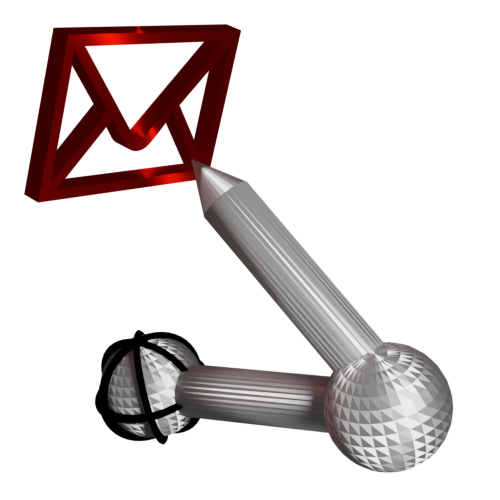AyMINE – Technical documentation
User Modules
 Task, project & quality management
Task, project & quality management
Manager approval with the task report
Why some data can't be deleted
Region / project / methodology
Change management process in a project
Qualification of user or contact
Right to Manage Qualifications
Methodology and Quality Management systems
What a methodology / QMS consists of
Objects affected by the problem
Return project plan by baseline
Sample tasks and methodologies of the area
Effect of the task on the right to modify the attached object
The person responsible for the task
Working procedure – task definition
Objects related to the task pattern
 Contacts and directories module (CRM)
Contacts and directories module (CRM)
 Web management and automation
Web management and automation
Receiving a message from the web
Human resources
Human Resources module security
Manage department / division data
Synchronizing staff and system users
 Products, assets and sales
Products, assets and sales
Received order for goods or services
Technical Modules
Sabre plugin module
Enterprise Architect connector
Database link to Enterprise Architect database
System Modules
 The AyMINE Framework Module
The AyMINE Framework Module
Configure how your system looks and works
Gestures and keyboard shortcuts
How the system works and how it protects data
Private notes and tags for objects
Filtering in the list of records
 System Management
System Management
Additional functions with files
Copying and moving files between objects
Files (documents) linked to the object
Formatted texts in the application
Gateway settings for external messages
IMP gateway settings for email communication
 Mark patterns
Mark patterns 
Marks are unique signs of the business elements used for their unique identification
Marks are generated according to the patterns defined of them here in this section. Marks create unique sequence and fulfil conditions of the accounting or documentation management rules for control of the complete document lines.
Each business object (task, information, decision) has its own pattern.
How to create marks
When area can be used only for some types of elements it does not require pattern for all elements. You can add pattern for new elements using the Renew button and then udpate newly created records and delete those, that makes no sense in this area.
Tags used in marks
Click the edit button to edit singe pattern. You can use pattern elments:
- @counter – count elements from one up
- @year – get four digit year number to the mark
- @month – get 2 digit month number to the mark
- @day – insert number of the day
- @user – insert user. It is usable only for elements linked with user (task)
- @amark – Shortcut from area – Fix value set in the area. If not defined value from superordinate area is used. Do not forget to set the value, if not set X symbol is used in generated marks.
Apart of the tags any letters can be used.
Some objects might support object-specific tags that are not common. Check object documentation or request system support if special tag is needed.
Example
Mark pattern:
BSC-@year-@counter
Creates marks:
BSC-2022-1
BSC-2022-2
...
Do not forget, that system does not control uniqueness if counter is not part of the pattern. Counter is not requisite, because for many not-too-frequent element date is more easy to read:
BSC-@day-@month-@year
This mark creates every day a unique mark but if ever occurs more than a single instance in a day, their mark will be equal.
Object marks affects object behaviour
According to the settings, marks affect the system behaviour. Primarily, objects with marks cannot be deleted.
Owner of the area could delete all marks – but only all not a single one. This functionality supports complete delete of the area and the area or project should be invalid before that. The limit blocks deleting the marked objects but without that system cannot guarantee the object control based on the complete line of marks.
User-defined object marks
Marks could be set as editable – if set, mark is an optional user-defined field. It is not filled until user set it but when once is set, it cannot be modified. However, system does not guarantee, that user-defined marks are unique.
User-defined marks are intended for case when AyMINE contains objects that have its own unique mark defined by another system and transferred manually. However, we recommend using services for system synchronisation.